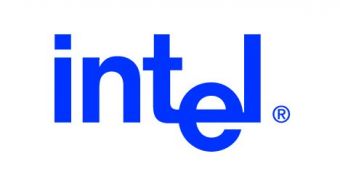Intel plans to start distributing 16 new processors, created through a technology that incorporates more transistors onto a regular microprocessor chip, and boast inventive new materials to prevent electricity loss, for better servers and faster gaming PCs. These new generation processors are planned to roll out on Monday.
The first processor chips Intel ever produced, in the early 1970, had only 2,300 transistors, compared to the 582 million transistors packed into a standard processor made by most of the companies today. The new processors which will be launched on Monday, are the most complex ever made, and have about 820 million transistors.
Intel currently uses the 45 nanometer technology to produce the chips, compared to the 65 nanometer generation that the company previously used to produce microprocessors. Due to the advances in chip making technology, the 45 nanometer allows for more transistors to be squeezed in a small space, therefore using less silicon will trigger a performance improvement and a lower manufacturing cost.
To give you an idea about the sizes reached by the technological improvement, the new transistors made by using the 45 nanometer technology are so small that more than 30 million of them could fit in a space as small as the head of a pin. Smaller transistors are needed because of the demand of ever increasing processing power. More transistors means more switched information, therefore faster data processing, and less energy needed to power them.
The biggest problem processor manufacturers are facing while trying to create smaller circuitry is the loss of electricity between the small electronic components, cramped inside a small space. This is especial in creating power efficient microprocessors, such as those that are contained by laptops.
AMD, Intel's greatest rival, is at least six months behind in moving to the new technology, and Intel has already in plan to spend eight billion dollars for the upgrading of the building factories for the 45 nanometer chips. The new chips are designed for desktop and laptop computers, and will probably be launched in the first quarter of 2008, while AMD has a scheduled target of mid-2008.
Intel will also incorporate a memory controller into the new chips, a feature which AMD has promoted in its battle with the largest semiconductor producer. On Monday, Intel will launch processors including server chips with clocks of 2,000 megahertz to 3,200 megahertz, with quad-cores, meaning they have four processing engines. The dual-core models go up to 3,400 megahertz. The new processors would be available within 45 days, says Intel.

 14 DAY TRIAL //
14 DAY TRIAL //